Improved liquidity to bolster the real economy, boost consumption
The recent industry-wide cuts in Chinese commercial banks' deposit rates will likely help the lenders to improve their profitability, inject more liquidity into the real economy, energize market players and boost consumption, experts said.
In recent months, a number of commercial banks in China had cut their interest rates on deposits.
On June 8, the six biggest State-owned commercial lenders cut yuan-denominated demand deposit interest rates to 0.20 percent from 0.25 percent. Demand deposits allow withdrawals at any time.
In addition, they lowered the two-year fixed deposit rate by 10 basis points to 2.05 percent, the three-year fixed deposit rate by 15 basis points to 2.45 percent, and the five-year fixed deposit rate by 15 basis points to 2.5 percent.
The cuts attracted wide market attention. It was the fifth time that China's commercial banks, large and small, cut deposit interest rates since June 2021, when the People's Bank of China, the country's central bank, formulated an interest rate self-disciplinary mechanism.
Analysts believe the latest deposit rate cuts, compared with days prior to the COVID-19 pandemic, are part of the larger downtrend in deposit rates, as banks are now widely suffering from a squeeze in their profit margins. Going forward, they expect such cuts will directly improve banks' profitability, thus enhancing their lending capacity and funneling more liquidity into the real economy.
"Since the early days of COVID-19 back in 2020, banks' deposit rates have been notably trending downward. Such cuts have been part of an effort to offset the pandemic-related damage to households and the private sector, and have proved effective," said Gao Ruidong, chief macroeconomist at Everbright Securities.
Compared to 2019, the loan prime rate, or LPR, the country's benchmark lending rate, has gone down by 50 basis points by the end of 2022, for both one-year and five-year loans. Gao said calculations show the level of the weighted average rate for yuan-denominated loans, corporate loans and mortgage loans has decreased by 130, 67 and 136 basis points, respectively.
He said that while loan interest rates of commercial banks have significantly decreased, the decline in liability costs has been relatively limited, resulting in a substantial narrowing of the overall net interest margin of commercial banks.
The net interest margin, a key measure of banks' profitability, hit a record low of just 1.91 percent at the end of 2022, the first time since 2010 that the figure dropped below the 2 percent line, according to data released by the China Banking and Insurance Regulatory Commission, the then industry regulator, in April.
"The narrowing of the net interest margin of commercial banks will have two main impacts," Gao said. "It will significantly increase the pressure on the stability of commercial banks' operations. In addition, it will weaken the ability of commercial banks to continue lowering loan interest rates to support the real economy."
The PBOC has repeatedly underlined the importance of adjusting deposit interest rates via a market-oriented mechanism so as to alleviate the pressure of narrowing interest rate spreads in the financial system by helping commercial banks reduce their cost of liabilities.
"We believe that the current adjustment in deposit interest rates is relatively appropriate," Gao said. "It can alleviate the pressure on banks' interest rate spreads while avoiding excessive sacrifice of depositors' interests, thereby preventing possible new pressures to attract deposits."
Gao noted that another backdrop for the deposit rate cuts is that households' willingness to keep their money in banks has been on the rise.
"Since the outbreak of the pandemic, with a number of uncertainties, such as unstable employment and income expectations, there have been significant changes in households' saving behavior," he said.
"Our research findings show that in the past 18 months before May 2023, some 16 months had seen a year-on-year contraction in net financing for households, pointing to a notable contraction on households' willingness to borrow."
Citing research, Gao said the average growth rate of household deposits between 2020 and 2022 surged to 14 percent year-on-year, much higher than the 10.8 percent annual growth between 2017 and 2019.
On June 13, the PBOC cut its short-term lending rate for the first time in 10 months, slashing its seven-day reverse repo rate and standing lending facility rate by 10 basis points each to 1.9 percent. It also said it injected 2 billion yuan, equivalent to about $280 million, into the banking system at the new lower rate.
Market analysts believe the move is aimed at reviving demand and boosting investor confidence.
Zou Lan, head of the monetary policy department at the PBOC, said that via the self-disciplinary mechanism in banks' interest rates, large banks will take the lead in adjusting deposit interest rates according to market conditions, while small and medium-sized banks can follow suit and make supplementary adjustments as per their own circumstances, to maintain a relatively stable deposit interest rate spread between large and small banks.
This will be conducive to maintaining market order, ensuring the stability of bank liabilities, preserving reasonable interest margins, achieving sustainable and sound operations of banks, and enhancing a stable underpinning for the real economy.
Dong Ximiao, chief researcher at Merchants Union Consumer Finance Co, said he expects further cuts by small banks following the recent move.
"Large State-owned commercial banks are the mainstay of China's banking industry and possess significant market influence," he noted. "After the large commercial banks lower their deposit benchmark interest rates, we expect small and medium-sized banks will follow suit and lower their own deposit interest rates."
He also said the decline in deposit interest rates will also likely stimulate willingness for greater consumption and, in particular, push homebuying and automobile sales.










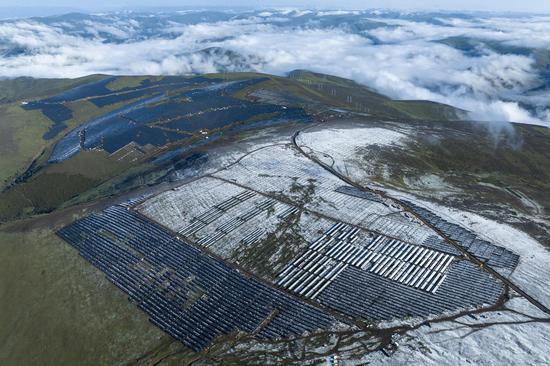
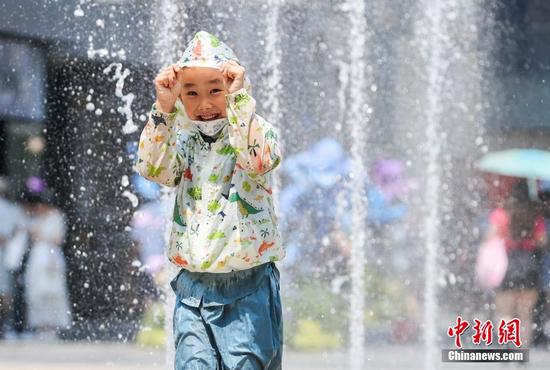


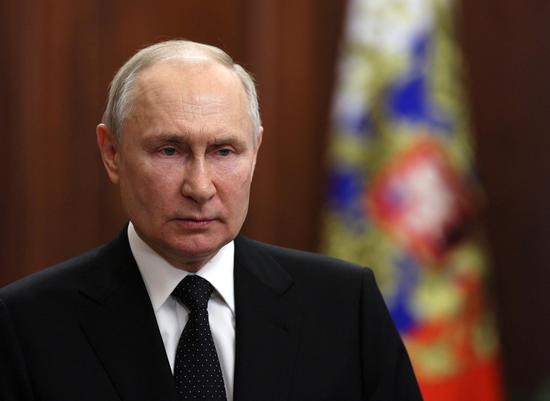











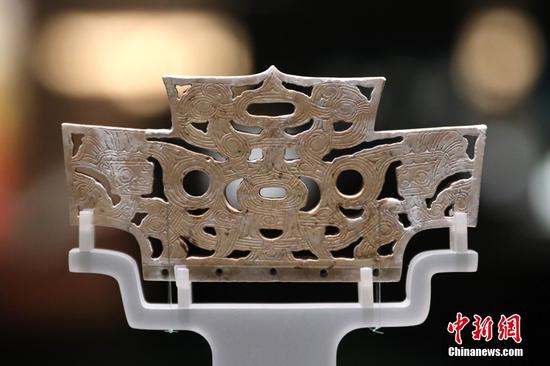








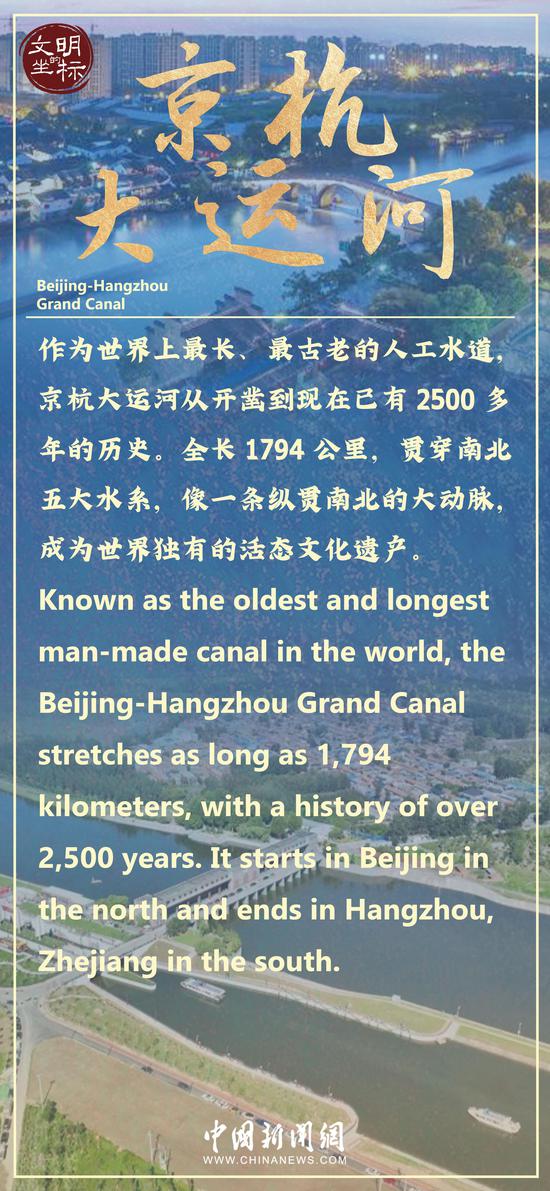














 京公网安备 11010202009201号
京公网安备 11010202009201号